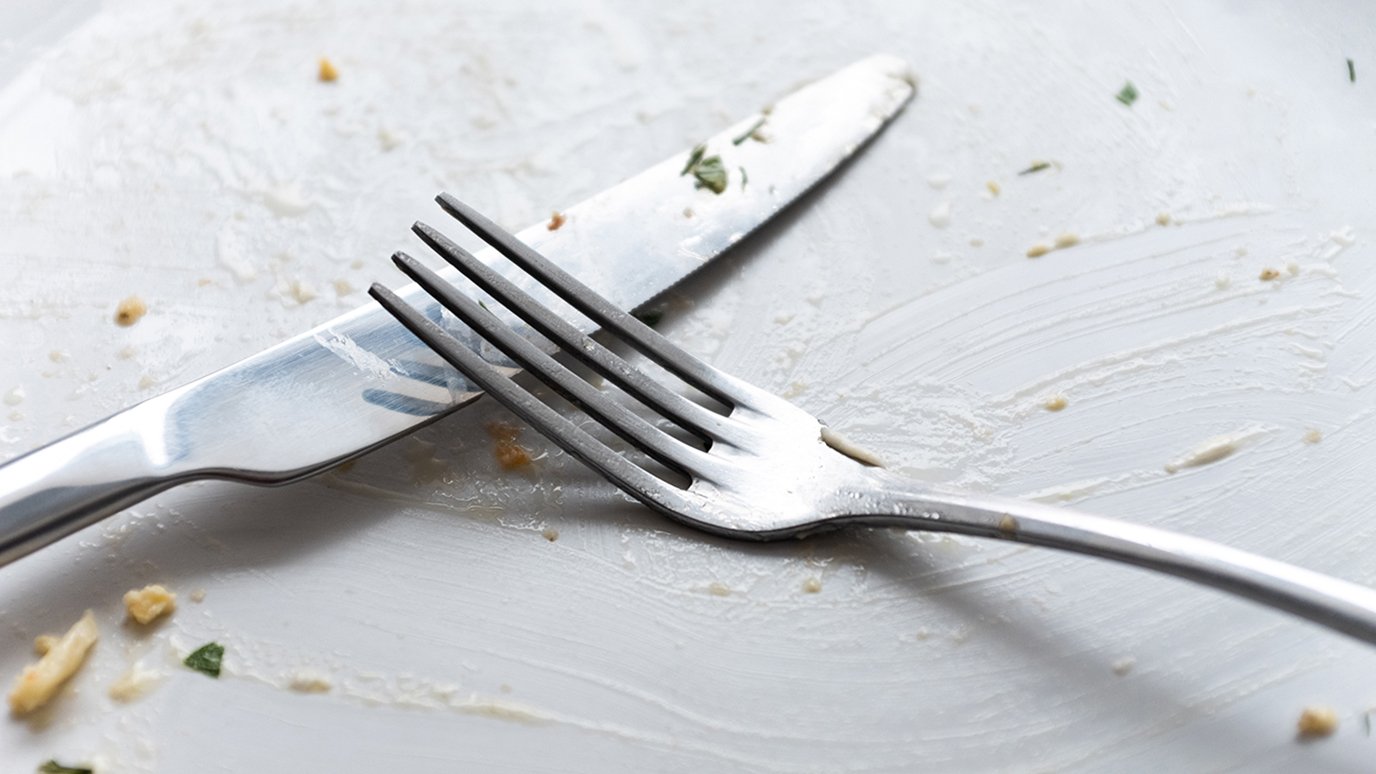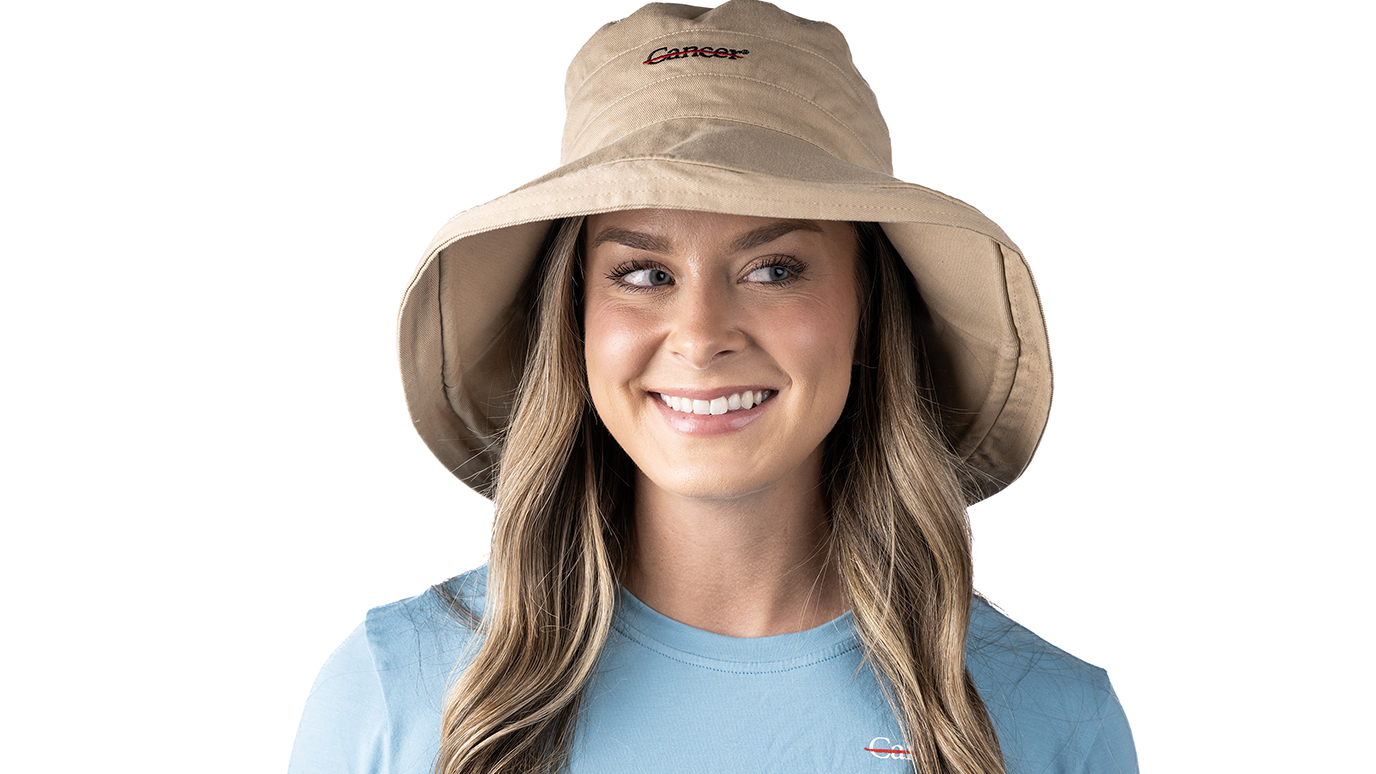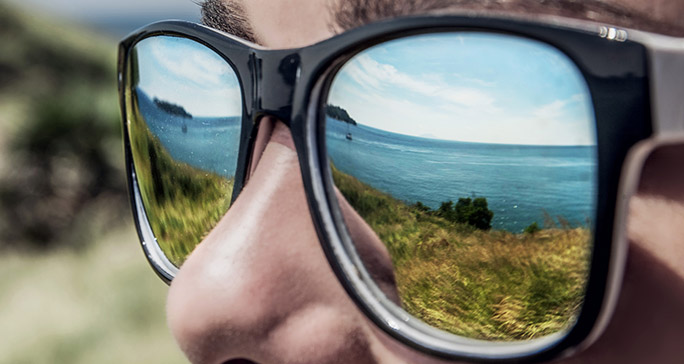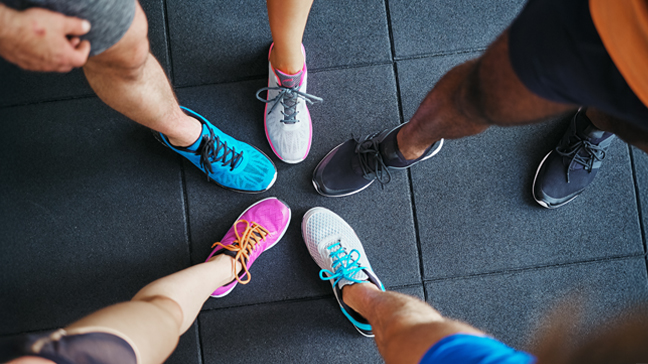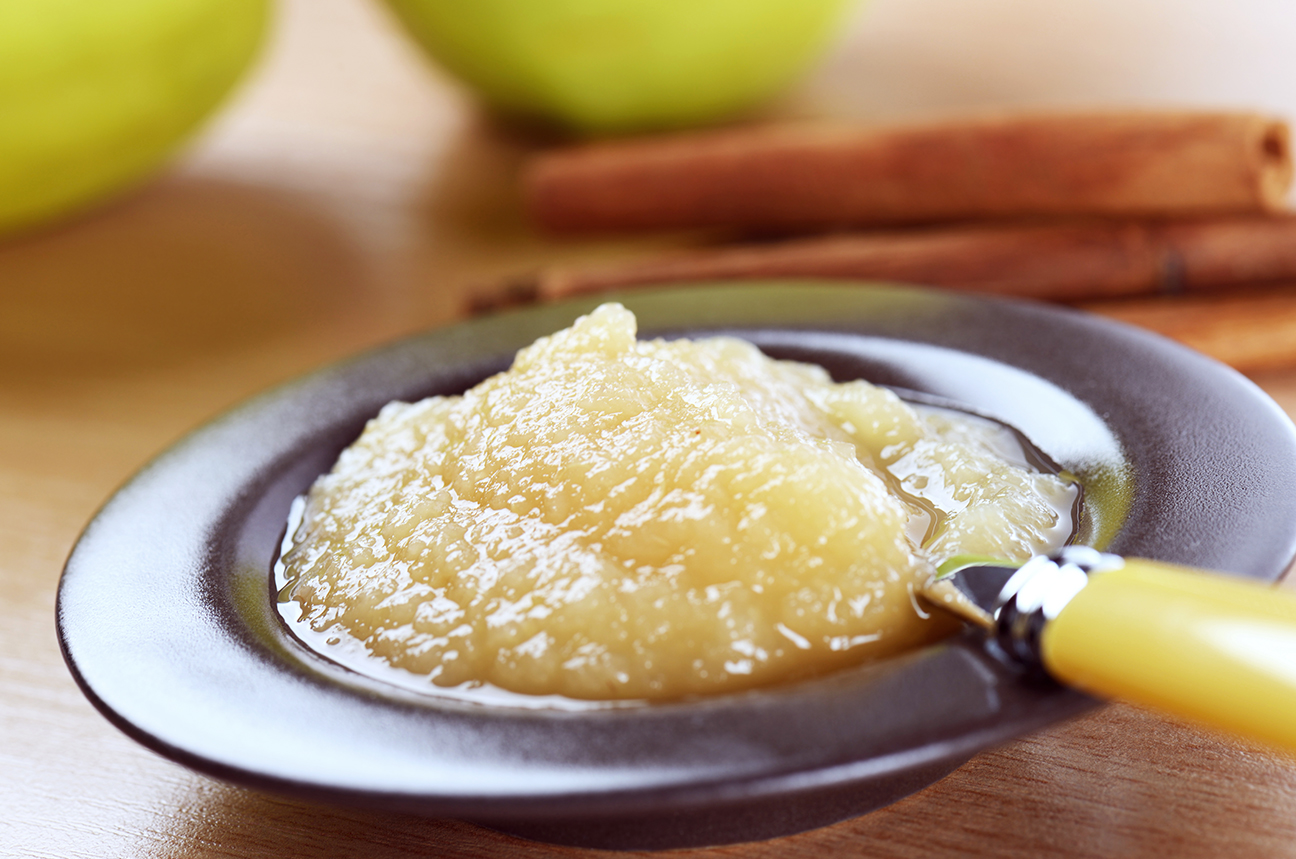- Diseases
- Acoustic Neuroma (16)
- Adrenal Gland Tumor (24)
- Anal Cancer (70)
- Anemia (2)
- Appendix Cancer (18)
- Bile Duct Cancer (26)
- Bladder Cancer (74)
- Brain Metastases (28)
- Brain Tumor (234)
- Breast Cancer (726)
- Breast Implant-Associated Anaplastic Large Cell Lymphoma (2)
- Cancer of Unknown Primary (4)
- Carcinoid Tumor (8)
- Cervical Cancer (164)
- Colon Cancer (168)
- Colorectal Cancer (118)
- Endocrine Tumor (4)
- Esophageal Cancer (44)
- Eye Cancer (36)
- Fallopian Tube Cancer (8)
- Germ Cell Tumor (4)
- Gestational Trophoblastic Disease (2)
- Head and Neck Cancer (14)
- Kidney Cancer (130)
- Leukemia (342)
- Liver Cancer (50)
- Lung Cancer (286)
- Lymphoma (278)
- Mesothelioma (14)
- Metastasis (30)
- Multiple Myeloma (100)
- Myelodysplastic Syndrome (60)
- Myeloproliferative Neoplasm (6)
- Neuroendocrine Tumors (16)
- Oral Cancer (102)
- Ovarian Cancer (178)
- Pancreatic Cancer (160)
- Parathyroid Disease (2)
- Penile Cancer (14)
- Pituitary Tumor (6)
- Prostate Cancer (150)
- Rectal Cancer (58)
- Renal Medullary Carcinoma (6)
- Salivary Gland Cancer (14)
- Sarcoma (238)
- Skin Cancer (300)
- Skull Base Tumors (56)
- Spinal Tumor (12)
- Stomach Cancer (66)
- Testicular Cancer (28)
- Throat Cancer (92)
- Thymoma (6)
- Thyroid Cancer (100)
- Tonsil Cancer (30)
- Uterine Cancer (86)
- Vaginal Cancer (18)
- Vulvar Cancer (22)
- Cancer Topic
- Adolescent and Young Adult Cancer Issues (22)
- Advance Care Planning (12)
- Biostatistics (2)
- Blood Donation (18)
- Bone Health (8)
- COVID-19 (360)
- Cancer Recurrence (120)
- Childhood Cancer Issues (120)
- Clinical Trials (628)
- Complementary Integrative Medicine (22)
- Cytogenetics (2)
- DNA Methylation (4)
- Diagnosis (238)
- Epigenetics (6)
- Fertility (62)
- Follow-up Guidelines (2)
- Health Disparities (14)
- Hereditary Cancer Syndromes (128)
- Immunology (18)
- Li-Fraumeni Syndrome (8)
- Mental Health (122)
- Molecular Diagnostics (8)
- Pain Management (62)
- Palliative Care (8)
- Pathology (10)
- Physical Therapy (18)
- Pregnancy (18)
- Prevention (936)
- Research (390)
- Second Opinion (78)
- Sexuality (16)
- Side Effects (616)
- Sleep Disorders (10)
- Stem Cell Transplantation Cellular Therapy (216)
- Support (408)
- Survivorship (328)
- Symptoms (182)
- Treatment (1788)
What type of mask works best for COVID-19 protection?
5 minute read | Published August 14, 2020
Medically Reviewed | Last reviewed by an MD Anderson Cancer Center medical professional on August 14, 2020
Studies show that cloth and medical-grade face masks can cut down on coronavirus droplet spread by 80% or more.
“So, if everyone wore these masks properly and consistently, we could reduce the COVID-19 transmission rate significantly and help quell the outbreak,” says infectious diseases and infection control specialist Roy Chemaly, M.D.
But with so many mask options available now, how do you pick the right one to prevent the spread of COVID-19? What factors should you be considering before making a mask purchase? And are there any fabrics or styles to avoid?
We spoke with Chemaly for details on what recent scientific research has shown about the types of mask that work best to prevent the spread of the coronavirus.
What’s the best type of face covering to use during the COVID-19 pandemic?
Not all masks are created equal. So, the one that’s best depends on three things: who you are, where you are and what you’re doing.
N-95 respirators without valves provide the most protection against the coronavirus — both for the wearers and for the people around them. But those should only be used by first-responders and health care workers in certain situations, such as those working in close contact with COVID-19 patients, because they are designed to filter out aerosols, not just droplets.
In most other circumstances, the goal of wearing a mask is to reduce the chance of droplet transmission — and disposable, medical-grade face masks and many washable cloth masks are actually quite good at that.
That’s why we tell our patients to wear the paper mask they’re provided while here on MD Anderson’s campus and a good cloth mask when out in public. When worn properly, a cloth mask is sufficient for most people’s needs.

What’s the proper way to wear a mask to prevent the spread of the coronavirus?
To ensure the mask helps prevent the spread of coronavirus, choose one that fits your face well. Make sure it covers both your mouth and nose, so there are no big gaps around the edges through which droplets can escape.
If you're putting on a medical mask, make sure the blue side faces outward. The white side should face your mouth. The top of the mask may be indicated by a purple strip, which should be placed across your nose.
Also make sure you wash your hands before putting on a mask, and don’t let it rest on your forehead or hang around your neck.
What makes a cloth mask “good” when it comes to protection against COVID-19?
Try to get a cloth face mask with at least three layers of fabric. The more layers, the better protection it will provide from COVID-19. There’s also some evidence that masks made by layering different types of materials (such as cotton and polyester) on top of one another are more effective at blocking droplets than those made with just a single type of fiber.
It’s also important to wash your cloth face mask regularly. You should be able to machine wash it and dry it without causing damage or changes to its shape. If your mask doesn’t fit snugly or loses its shape after washing it, you should discard it and use a different one.
How can I gauge the quality of the masks I already have?
Two simple tests can help you gauge a cloth mask’s effectiveness. I think of them sometimes as “flow and glow.”
- Hold a lit match or candle about six inches in front of your face and try to blow it out while wearing the mask.
- Hold the mask up to a bright light and try to see through it.
If you can blow out the flame or see through it easily, it’s probably not thick enough. So, it isn’t going to do much in the way of blocking droplets.
Do bandanas and neck gaiters help prevent the spread of the coronavirus?
Bandanas are better than nothing, but scientific evidence indicates that they only reduce droplet transmission by about half — probably because they are open and loose at the bottom.
Gaiters were originally designed as neck warmers, not facemasks. And many of those garments are made with just a single layer of very stretchy fabric that offers scant protection. So, I would recommend wearing a cloth mask instead.
Are there any types of masks to avoid?
In addition to bandanas and gaiters, I would avoid anything made with fleece. Evidence is mounting that fleece is one of the worst fabrics to use in a facemask. The fleece may actually break down large particles into smaller ones, which is exactly what you don't want.
I would also avoid N-95 respirators with valves, as those protect the wearer from others, but not the other way around.
Under what circumstances do I need to wear a mask?
If you’re exercising alone outdoors, you’re probably fine not wearing one. Just bring one with you, as a precaution, in case you find yourself in a situation where you can’t maintain a distance of at least six feet from other people.
Otherwise, it’s important to wear a mask any time you leave your house, as you never know what you’re going to encounter. You may pass more closely by other people at the grocery store than you expect to, or one of your neighbors might not be wearing a mask or observing proper social distancing, even while just standing around outside visiting. You can’t control what other people do, but you can always do your part to protect yourself and others.
Related stories
- What counts as COVID-19 exposure?
- Hand sanitizer versus soap: What's best?
- Your COVID-19 vaccine questions, answered
Request an appointment at MD Anderson online or by calling 1-877-632-6789.

Not all masks are created equal.
Roy Chemaly, M.D.
Physician

